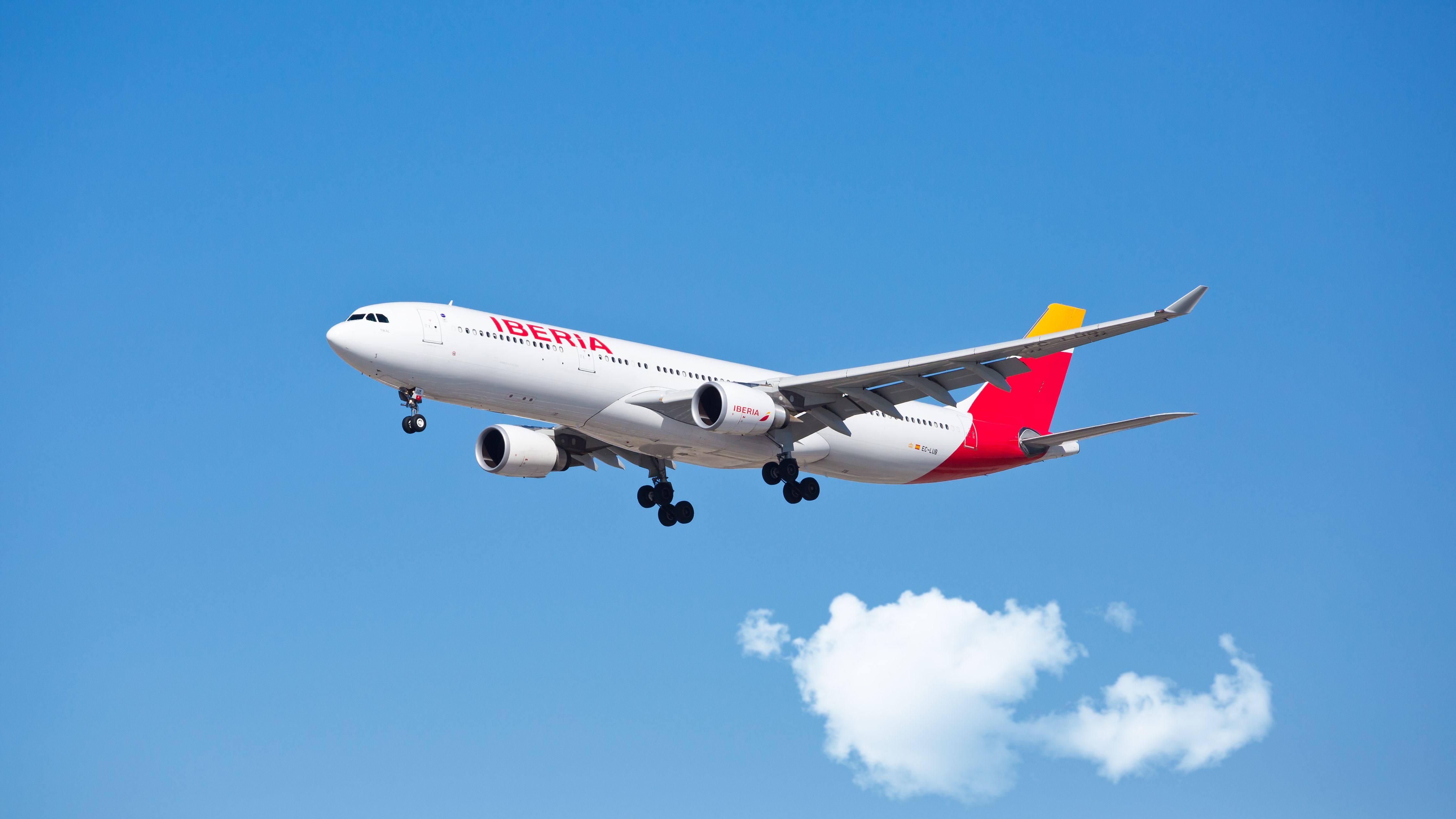Summary
- Flight level (FL) is based on air pressure and is expressed in increments of 100 feet.
- FL is used for aircraft flying above a certain height, known as the transition level.
- It allows aircraft to maintain a constant pressure altitude and eliminates the need to update local altimeter settings.
At times, our reporting expresses altitude as a flight level (or FL) instead of a standard unit like meters or feet. While this distinction may seem unorthodox, it is actually used as an efficient way to represent the air pressure surrounding an aircraft. Uniquely, there's a position where a transition occurs between measuring altitude in feet and referring to a plane's altitude with a flight level. Unsurprisingly, this elevation is known as a transition level.
Get all the latest aviation news for North America here
What's the difference between feet and flight level?
In order to adequately explain the role a transition level plays, let's examine some key definitions first. These definitions all come directly from a fantastic resource, SKYBrary.
Altitude: Some may think that altitude is simply how high an object is from the ground beneath it, which is a common misconception. Specifically, altitude is a measure of how high an aircraft is currently flying above sea level.
Flight Level (FL): Before you get confused, yes, flight level is used to describe altitude. But while this is often used to indicate how high an aircraft is flying, it's not so simple. FL is strictly defined as follows:
"A surface of constant atmosphere pressure which is related to a specific pressure datum, 1013.2hPa, and is separated from other such surfaces by specific pressure intervals."
If we try to make this more understandable, we can say that FL is a measure of air pressure. It is based on a standard atmosphere pressure at sea level of 1013.25 hectopascals. FL is measured in increments of 100 feet. Therefore, FL60 is 6,000 feet (above mean sea level when the pressure at sea level is 1013.2hpa). FL61 is 6,100 feet, according to a standard atmosphere.
But why is it important to have these two methods of expressing height? According to BoldMethod, this is especially important for aircraft flying long routes over hundreds or thousands of miles. This is because atmospheric pressure changes in new regions. Pilots don't need to worry about updating to local altimeter settings. Instead, all aircraft above the transition altitude fly at the same constant pressure altitude. Additionally, flight level serves as a universal way to measure an aircraft altitude, and conversion between imperial and metric units can never be a confounding factor.
The transition level: moving from feet to flight level
It's only after a certain height above sea level that flight level is used instead of feet or meters. This height is known as the transition level, which varies depending on location (regional or airfield pressure setting, also known as QNH).
According to SKYbrary, transitional altitudes are
"Local, regional or national and vary considerably between about 3,000ft and 18,000ft. The USA and Canada have a common one of 18,000ft. In Europe and much of the rest of the world, the transition altitude varies from airport to airport."
So, for North America, under conditions of QNH at or above 1013 hPa, FL180 becomes the lowest useable FL. However, if air pressure happens to be even lower, the lowest useable flight level will become FL190 or potentially even FL200.
Transition altitude, where pilots are required to change from a local altimeter setting to a common standard, is thus essential to ensure aircraft are flying at specified altitudes or flight levels, maintaining proper vertical distance from other aircraft. Therefore, properly abiding by appropriate altitude terminology is critical in ensuring safe air traffic control operations.
Did you find this interesting? Did you know what flight level represented before reading this article? Let us know in the comments.
Sources: SKYbrary, BoldMethod



